By Robin Binèsi Cavanagh, Director of Indigenous Peoples Collaborative Relations
A large part of my role at The Canadian Canoe Museum is to care for the relations the museum enjoys with Indigenous Peoples and communities across Turtle Island. This work is especially relevant now as we prepare for the schematic design phase of the exhibit development process for the new museum project. This summer and into the coming fall, I am fortunate to be visiting many communities across Turtle Island, joined by my colleague and the museum’s curator, Jeremy Ward. The following is the first of a series of reflections on these journeys.
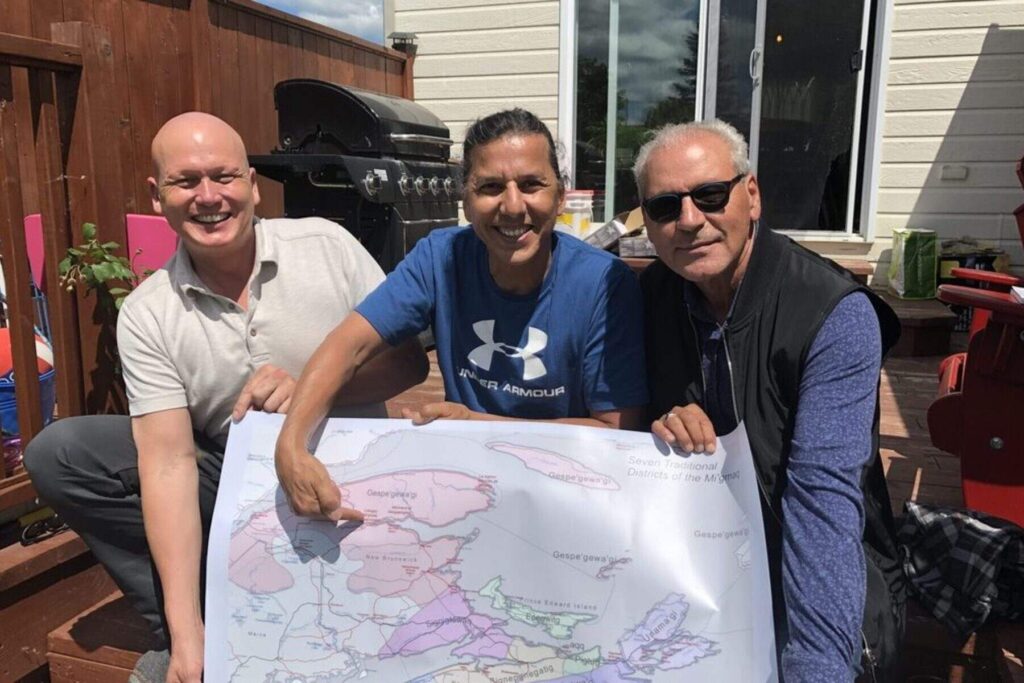
The Canadian Canoe Museum has made learning from and with Indigenous Peoples one of its four strategic priorities. We strive to authentically present Indigenous voices, perspectives and languages in exhibits, programming, throughout the museum and through our national collaborative relations. In part, this will ensure that Indigenous Peoples are respectfully engaged throughout the concept, schematic design and production phases of the museum’s new exhibit development and well into the future.
At the outset of our journey, we chose to follow an Indigenous research methodology, one that draws from lived experience to support our efforts to gain a deeper understanding of what it means to create healthy “relations” with Indigenous communities. The methods are supported through five phases: Building Relations; Community Collaborative Research; Remote Research and Creative Workshops; Co-creating and Sharing Material; and Exhibit Opening and Ongoing Relationship Building.
In the first of the five phases of collaborative relationship building and exhibit development, our goal is to seek guidance. We are setting out to introduce ourselves, to meet the people we learned to be knowledge holders, and to sit with their communities to learn of their processes and protocols. Our intention is to listen to the voices of those Indigenous Peoples sometimes refer to as “all our relations.”
As a premise of the project, we are following the canoes where they lead us. A thorough review of our current collection helped us understand the individuals and/or communities they were connected to. Then, we set out on the first leg of our journey, visiting several communities on the east coast early this summer.
We opened ourselves up to the community members we met, and asked them for guidance about what we should know and experience. As visitors to the Indigenous and non-Indigenous communities, it was important that we acknowledged the direction we were given. We gave thanks to the land and our hosts in a good way upon our arrival.
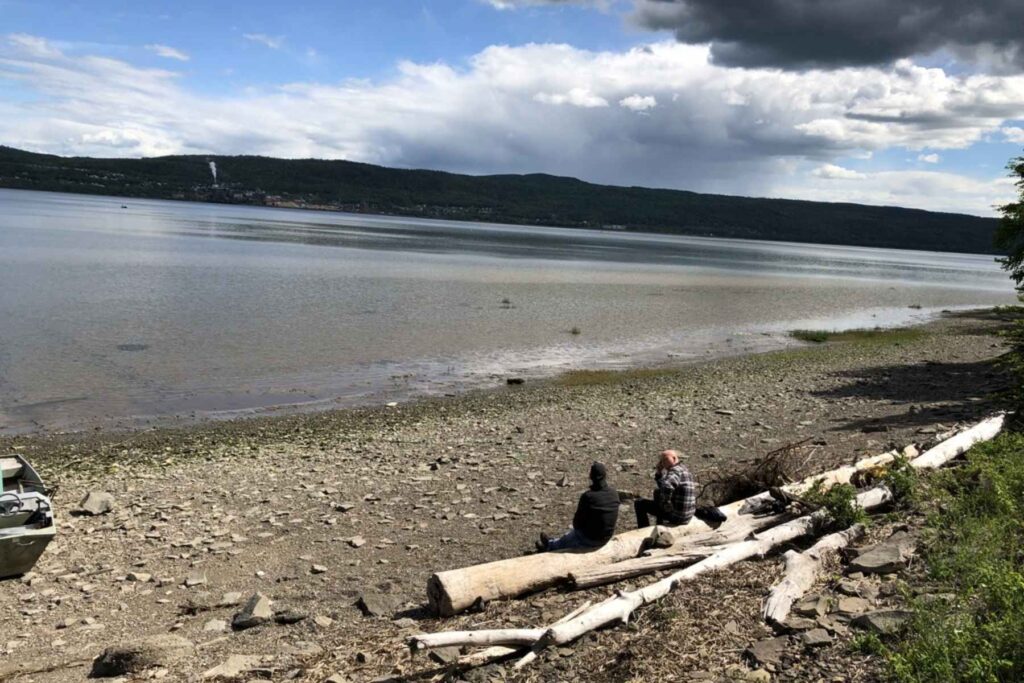
During our visits, we were very aware of, and in tune with our total environment and what it communicated to us. There were times when people shared information with us, and other times, when insights came from the land, water and all our relations. When we listened, we heard stories of the past and the present, and of hopes for the future. Although it was the canoes and kayaks that lead us to these places, it is was the people who created, used, and have an enduring connection to them that reminded us of the importance of maintaining both their physical and inspirited needs as part of a living community.
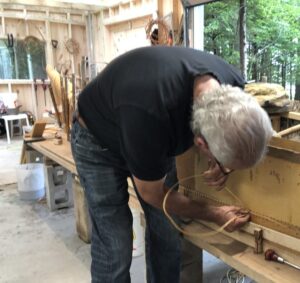
While on the east coast in Mi’kmaq territory, learning to stitch the side panels onto a 21-foot ocean-going birchbark canoe, we heard about the challenges of obtaining suitable birchbark, but also about the ongoing work that still needs to be done to create healthy cross-cultural relations. We also witnessed a father, his daughter, and his grandchildren continuing a longstanding family tradition of apprenticeship and knowledge sharing, along with the reaffirmation of a family’s rich connection to the canoe.
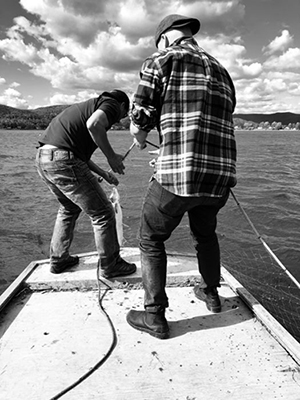
Meanwhile in Listuguj First Nation, the canoe spoke to us of the tradition of passing knowledge along to the next generation. We learned of the way that a father introduced his son to salmon fishing, and also of the enduring patience of Indigenous community members struggling with how the history of their people is being portrayed in a neighbouring visitors’ centre. It was also here that we learned that the canoe had witnessed changes in history so profound that are still being felt today and that new relations must be built on a reciprocal foundation. As we learn how to maintain and sustain good relations at home, it is also became clear that we must create sustainable relations with those that may not be able to visit us at the museum.
Whether we were out fishing, or sitting by the water, our hosts openly shared their truths and the realities within their communities today. Their kindness was exceptional, as they shared their knowledge and understanding, along with their salmon and fried bannock. We were honoured with invitations to return to these communities, to perhaps participate in upcoming events and to look for reciprocal opportunities to create space for the canoe to continue its work as a teacher and facilitator in building positive relations.
We are so thankful to the many individuals we met on the east coast and for the many cups of tea that were shared along the way!
Miigwetch
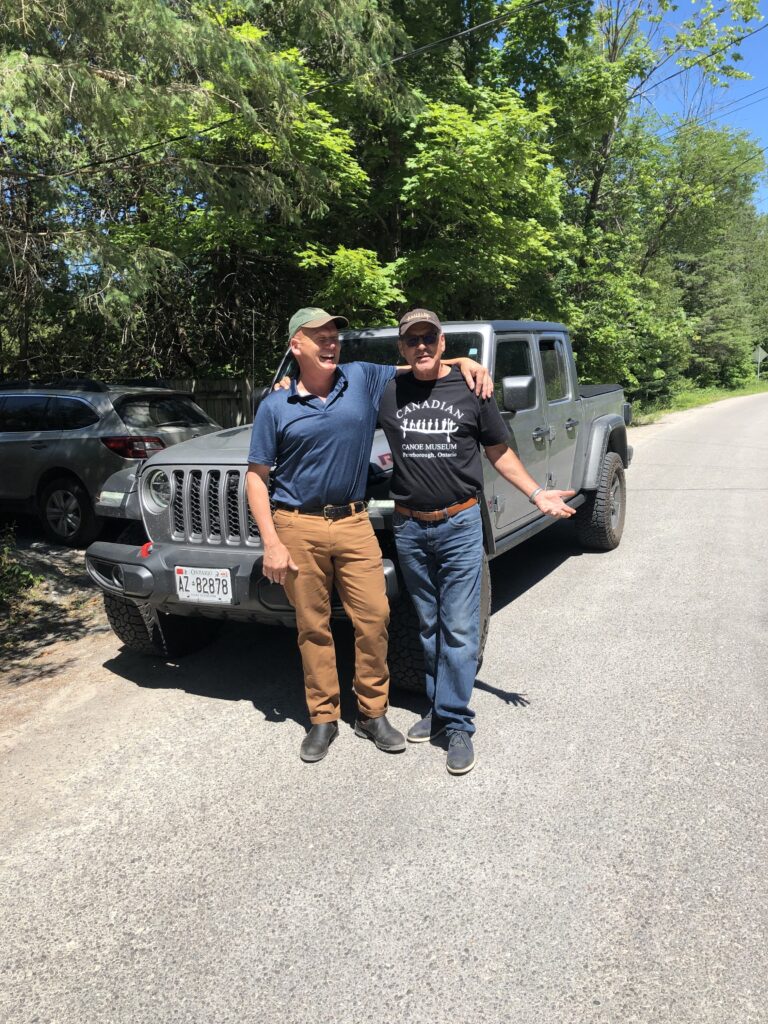
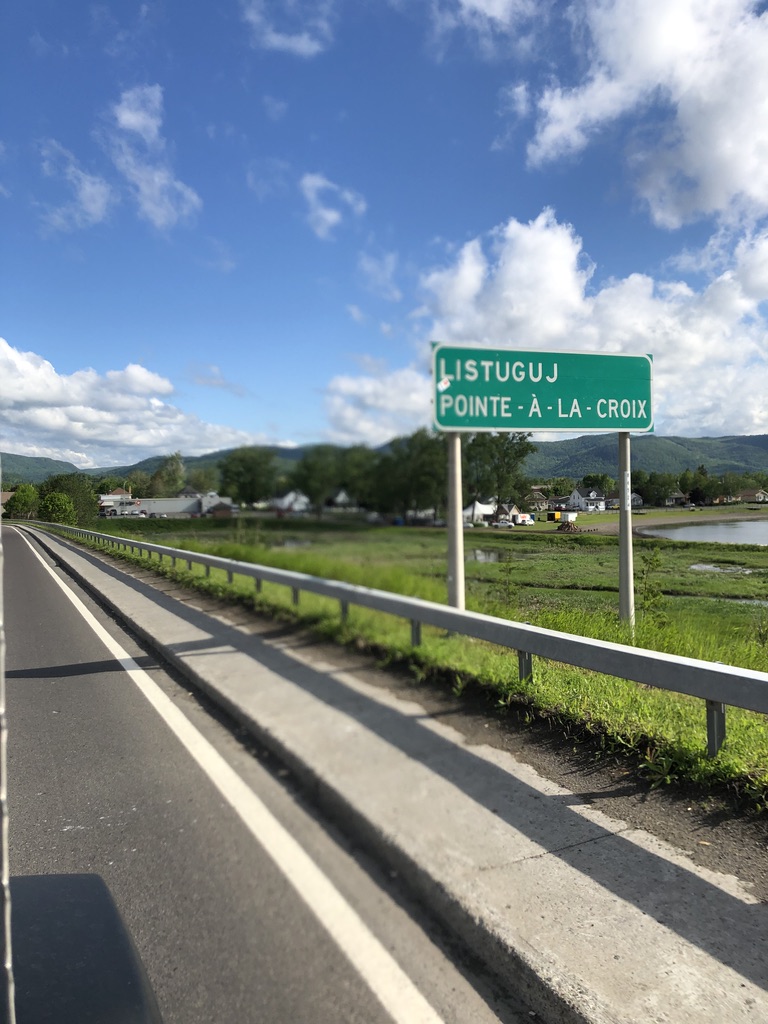
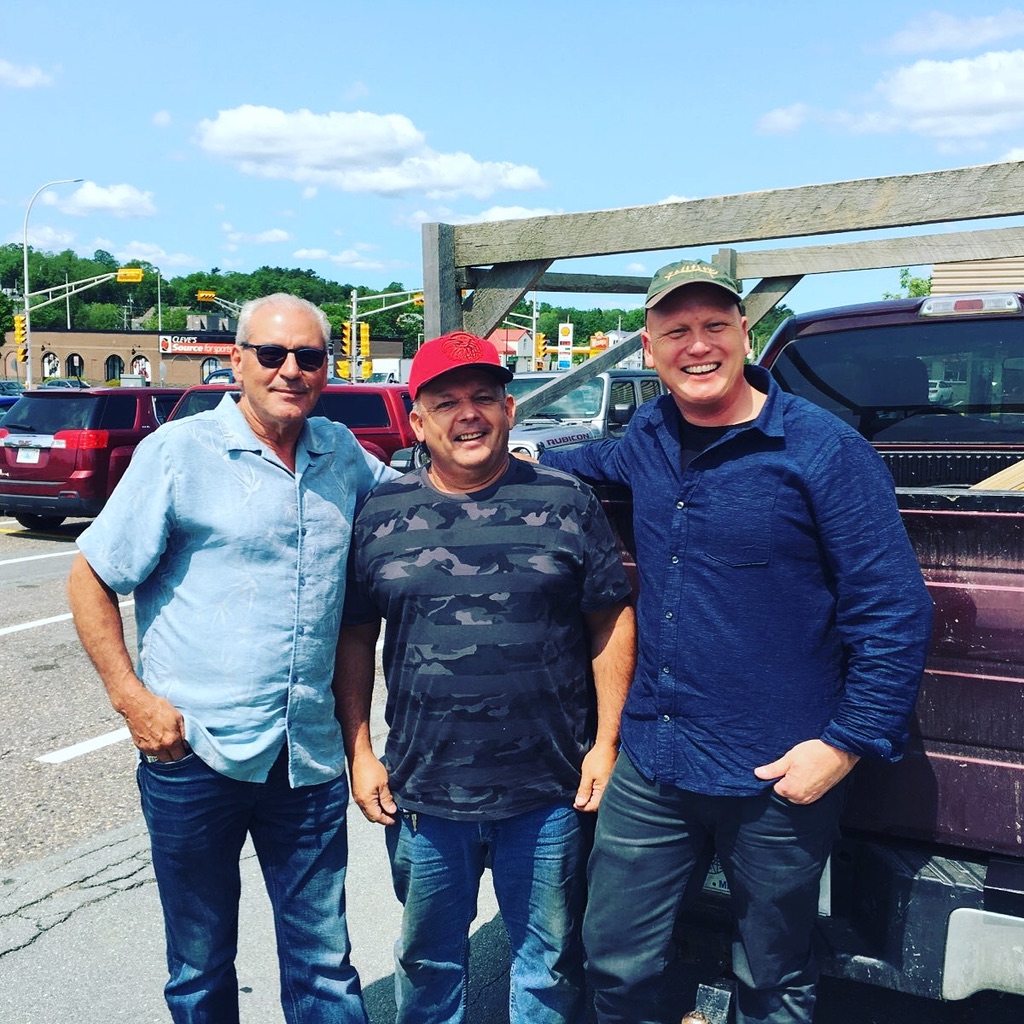
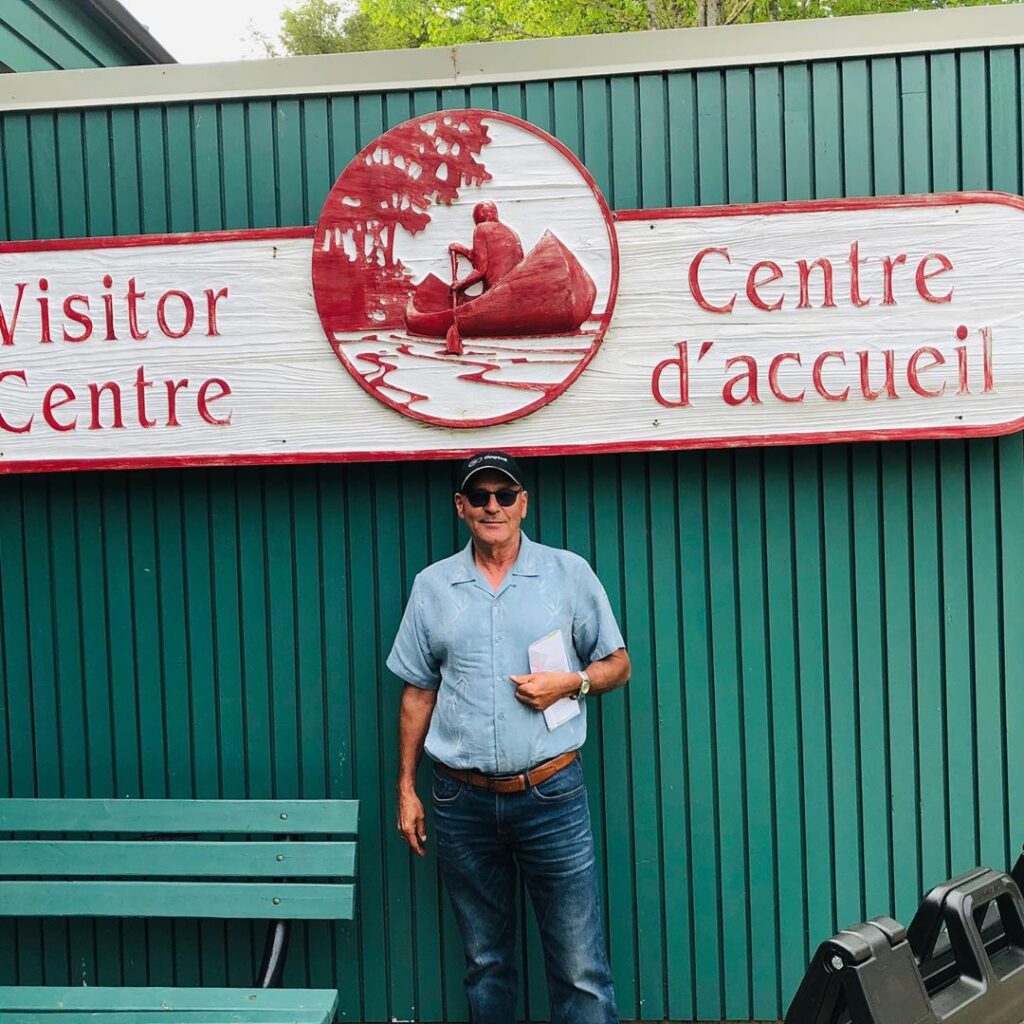
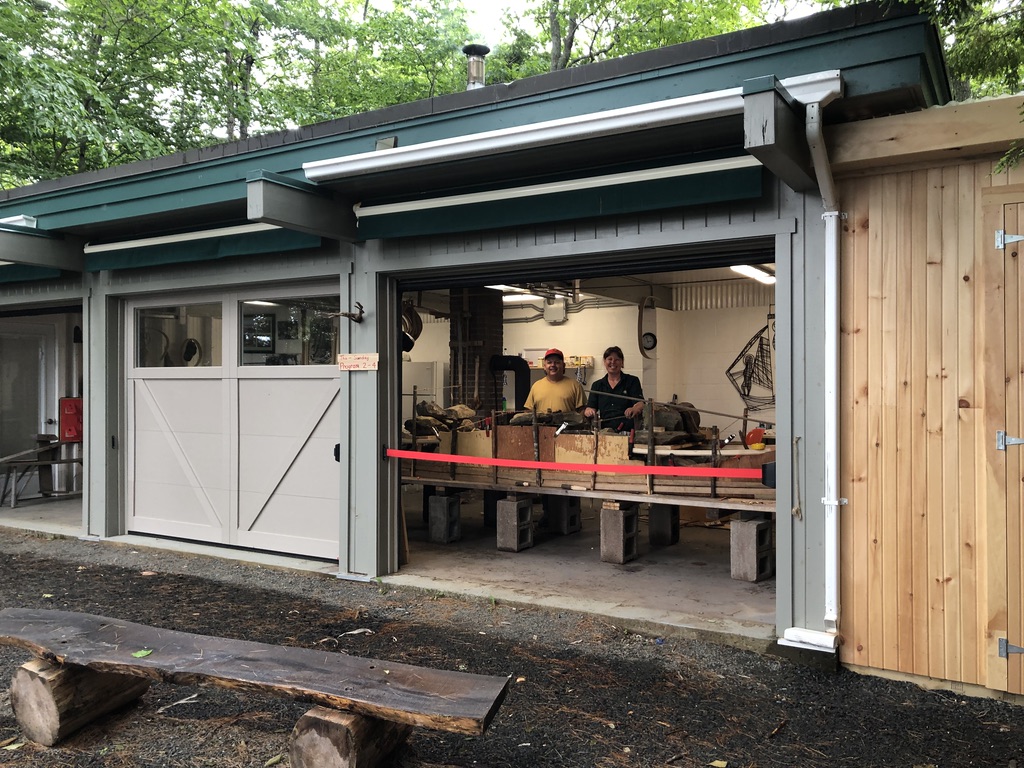
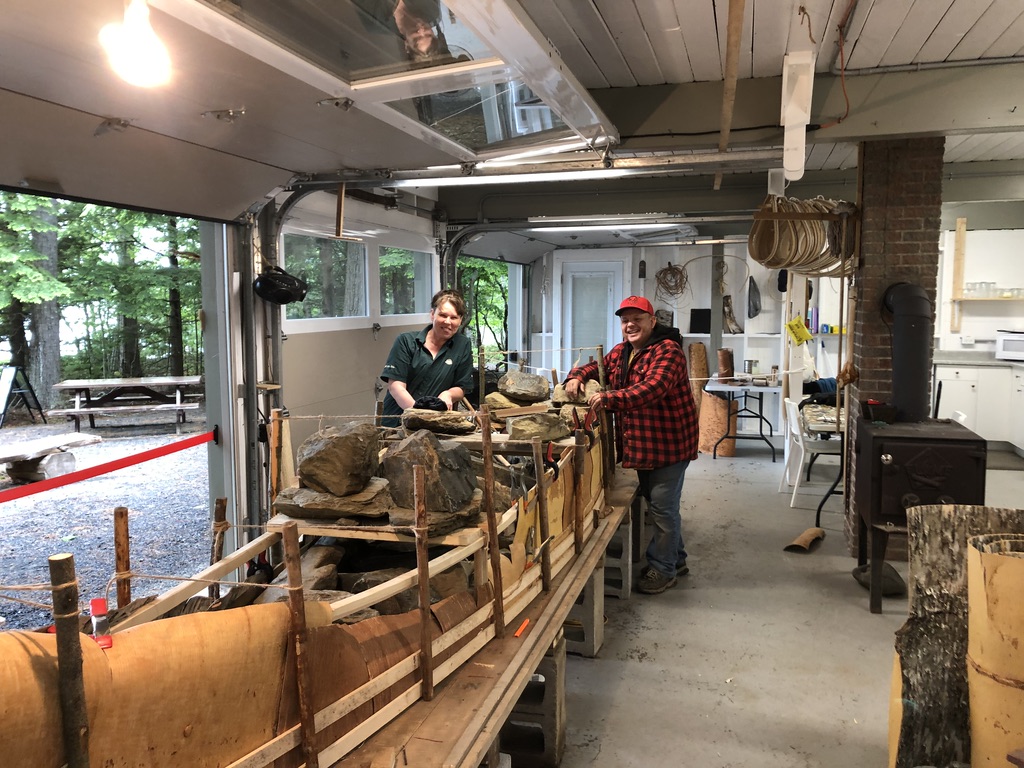
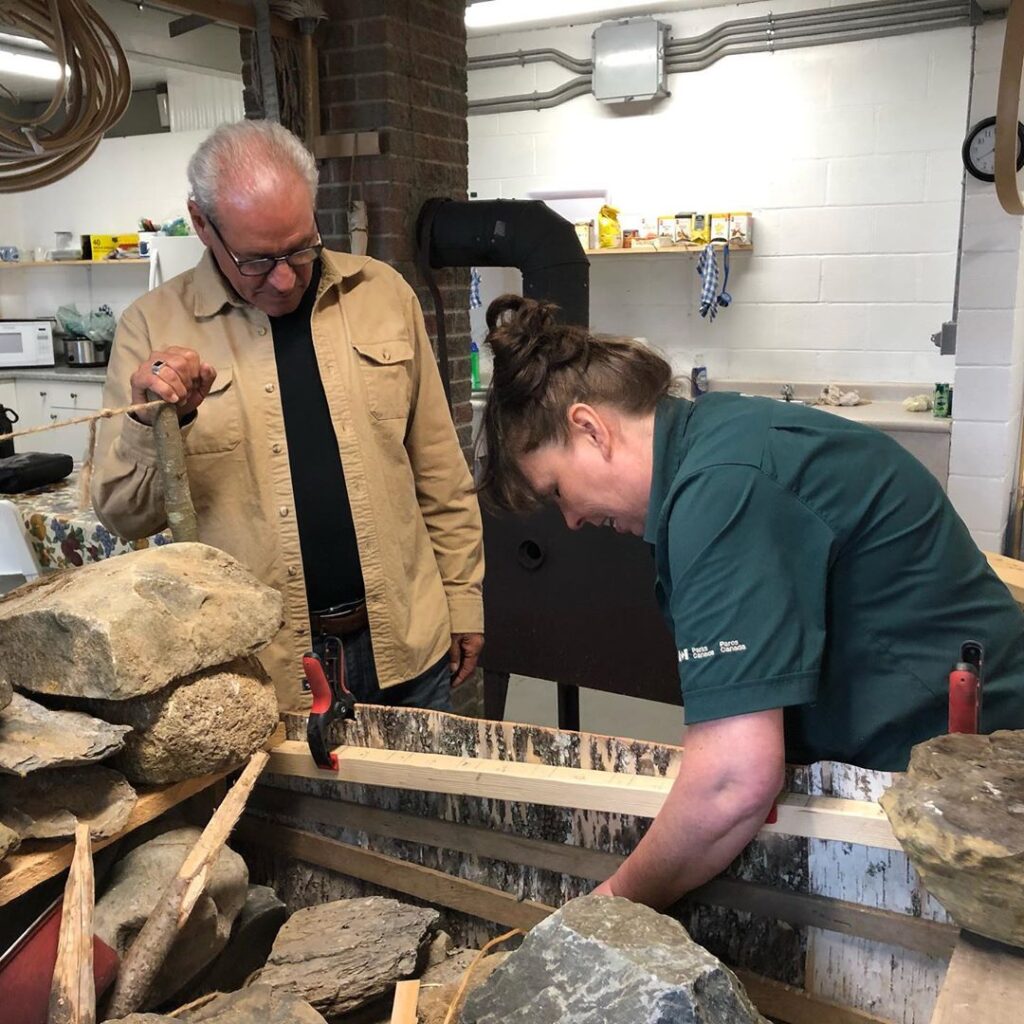
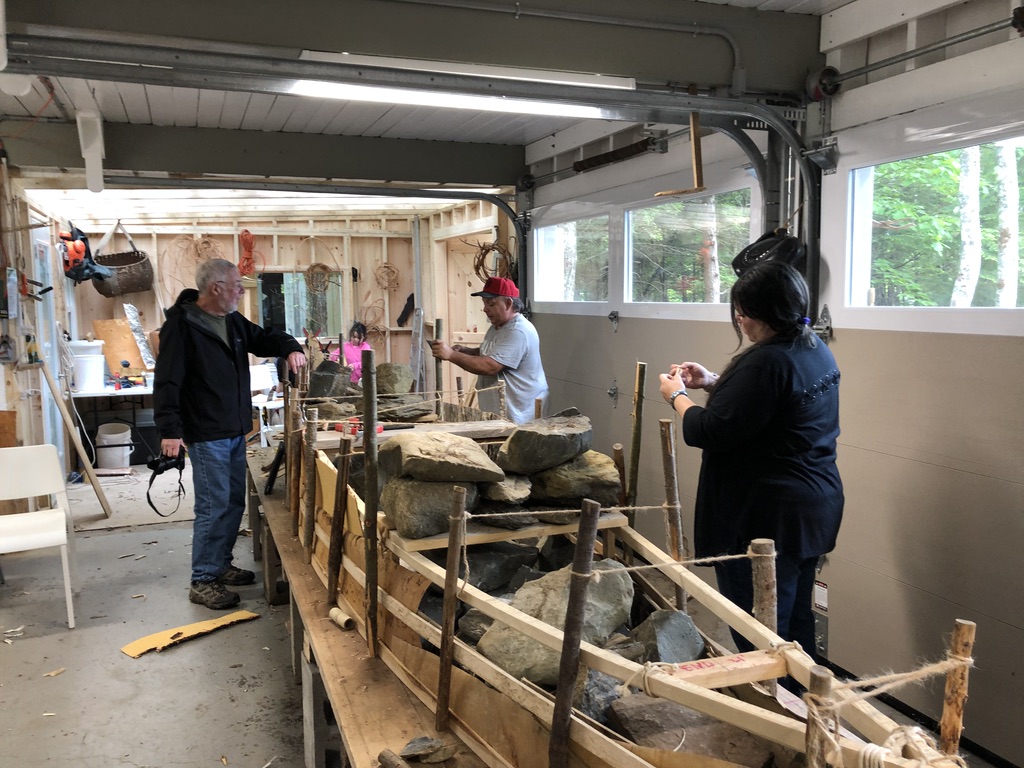
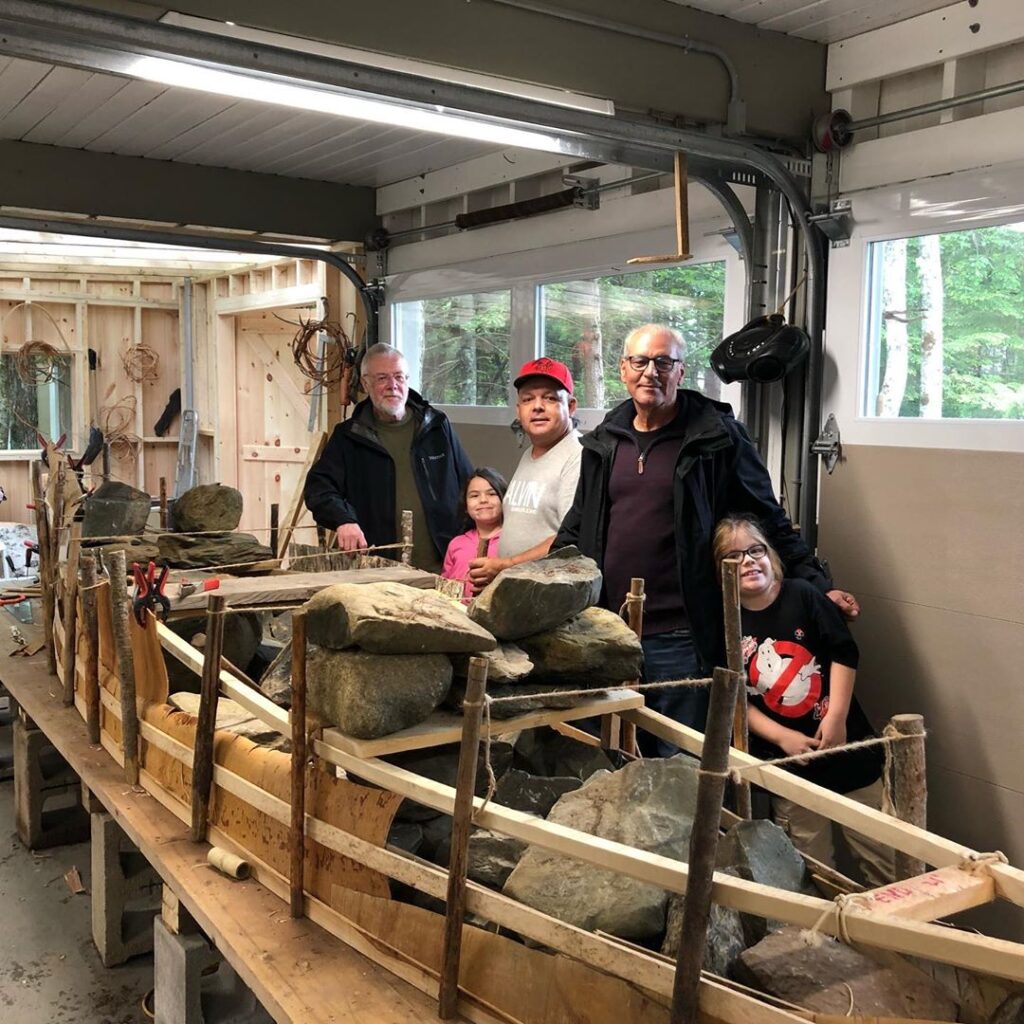
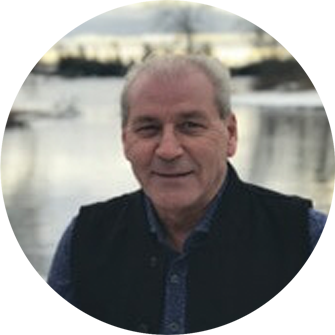
Robin Binèsi Cavanagh
Director of Indigenous Peoples’ Collaborative Relations
Robin believes that true leadership is to be an excellent helper. Since 1986, he has been a helper to Anishinaabe Elder Herb Nabigon (now deceased), acquiring cultural knowledge/protocols in an effort to ensure that cultural teachings, ceremonies and philosophy continue for generations to come. Through this lens, Robin has focused his education, employment and community activity. Robin holds a Master of Environmental Studies from York University (Development of an Aboriginal Organizational Theory) and a Bachelor of Arts in Native Studies from Trent University.
For 20 years, Robin has been working to promote and support Indigenous perspectives as a researcher, policy analyst and writer, and as a curriculum developer and educator at the graduate level. His work spans Indigenous communities, organizations and post-secondary institutions, including the Ontario Institute for Studies in Education, University of Toronto, where he taught a leading course on the Truth and Reconciliation Commission for teacher candidates. His most recent roles include Senior Policy Advisor with the Chiefs of Ontario, and Associate Director, Indigenous Education Coalition.






